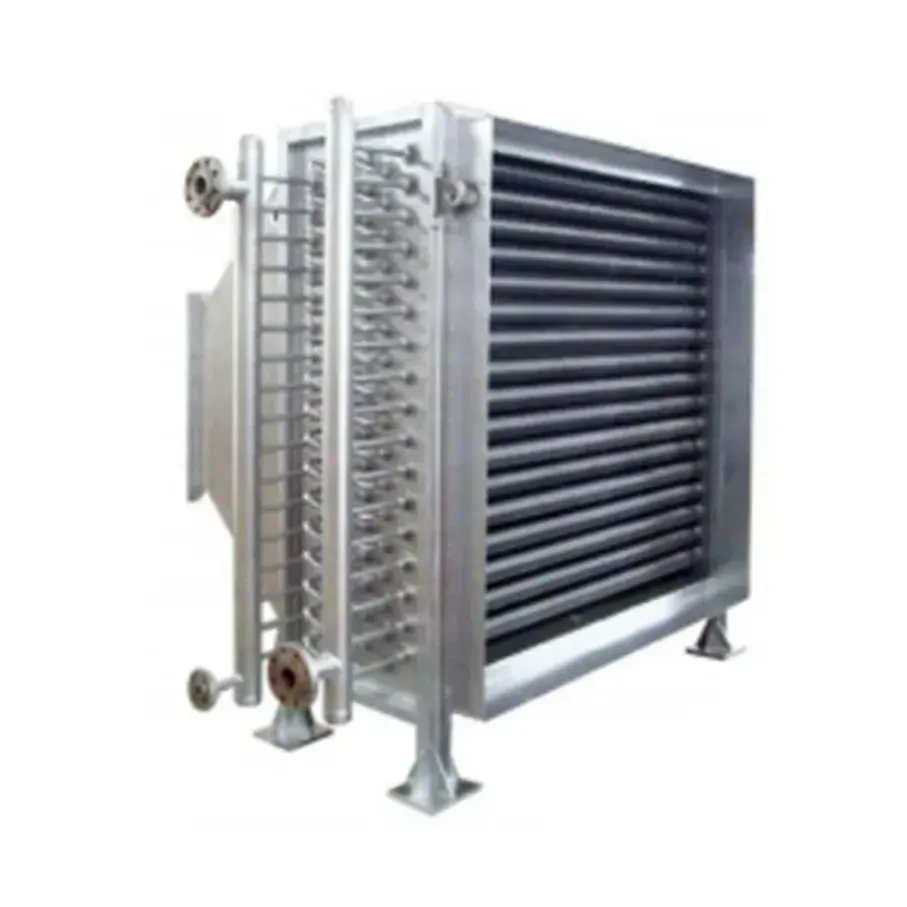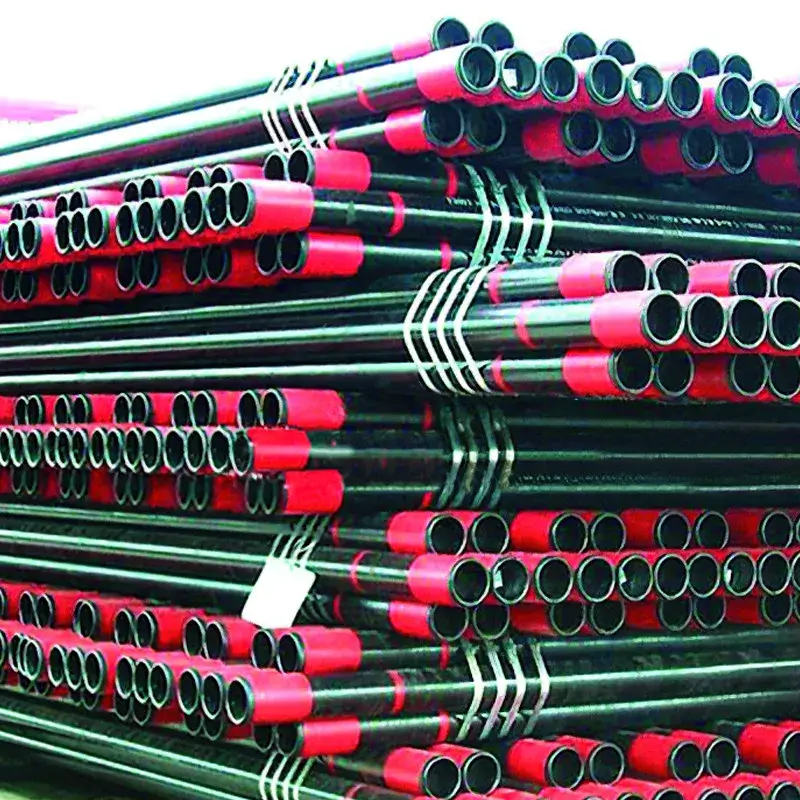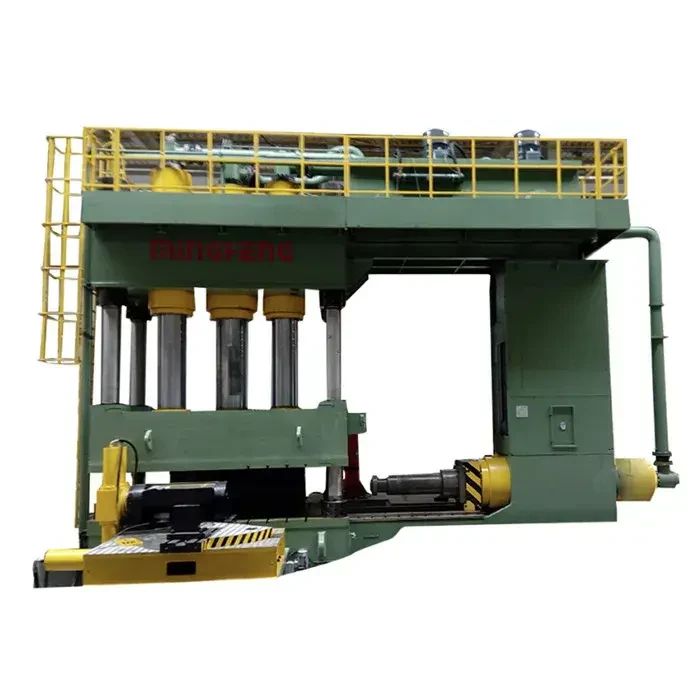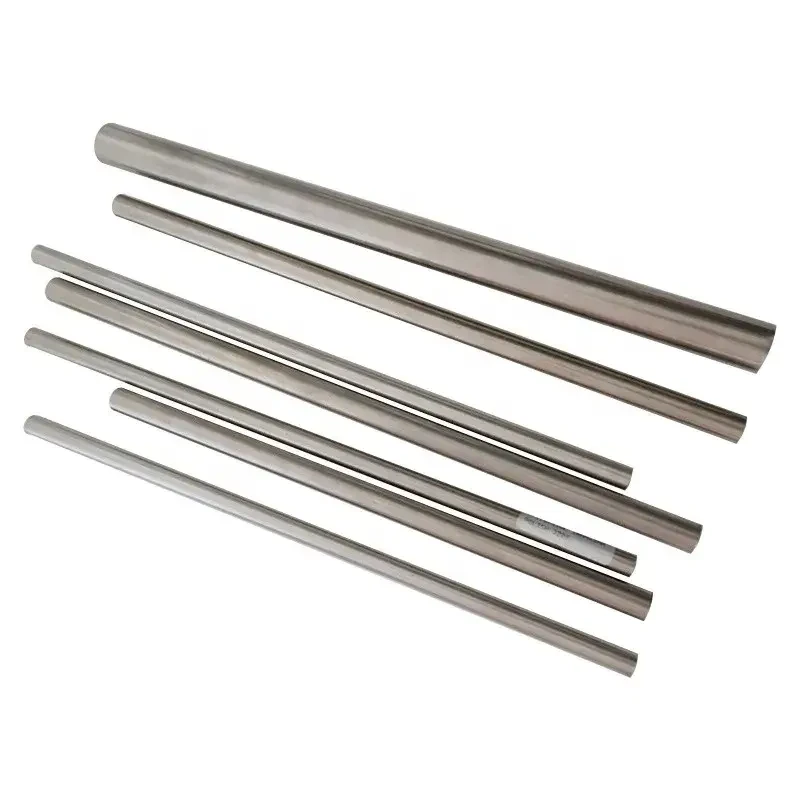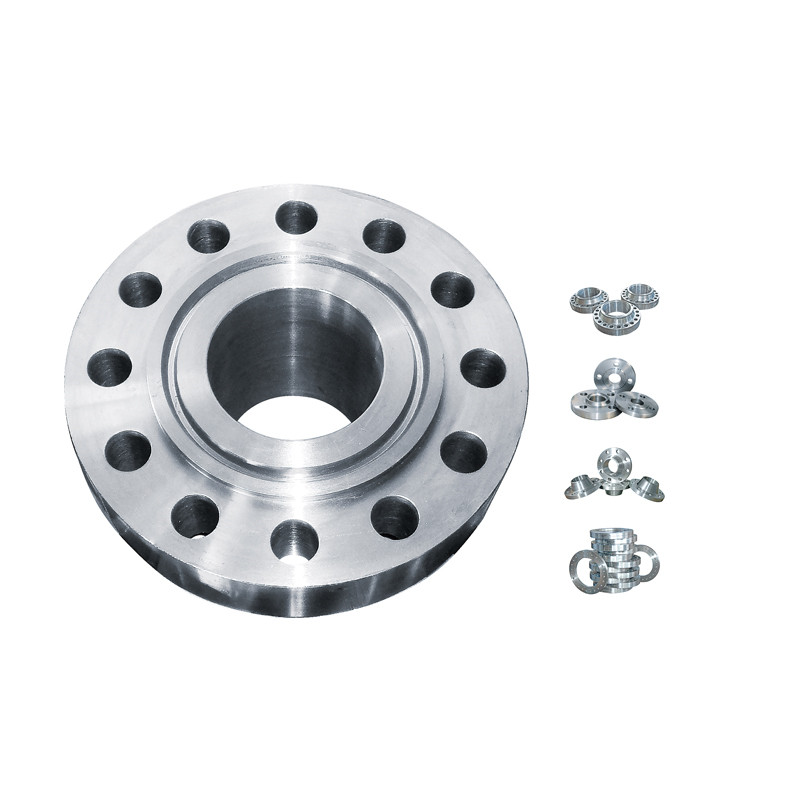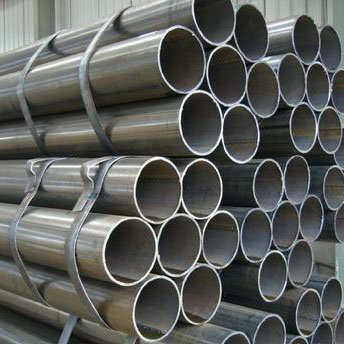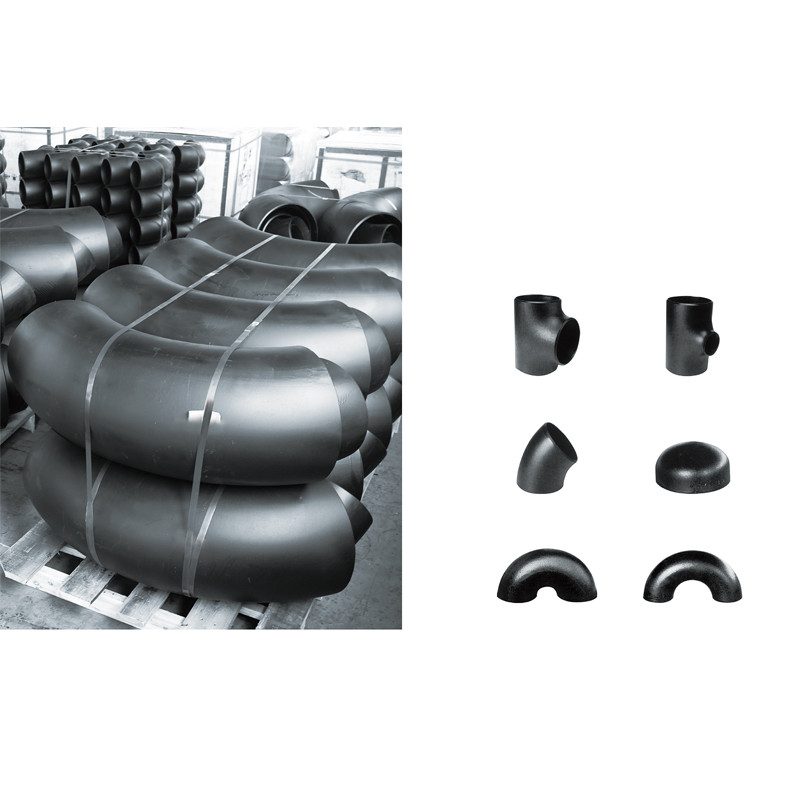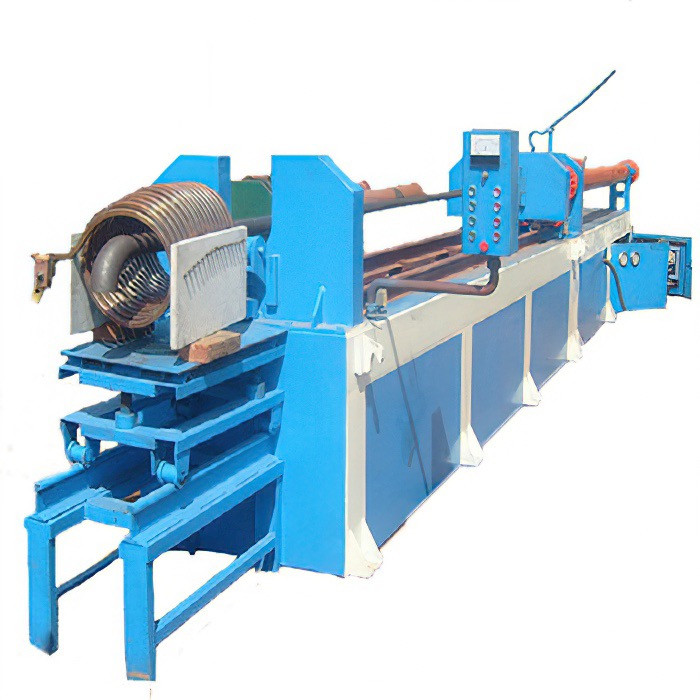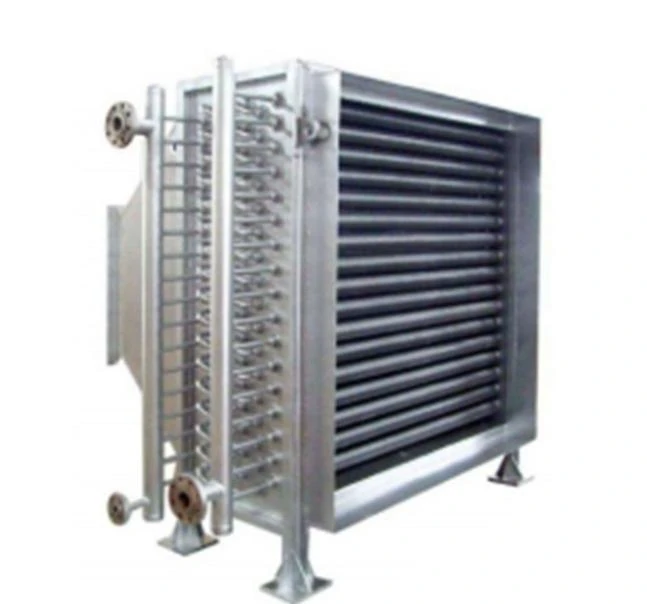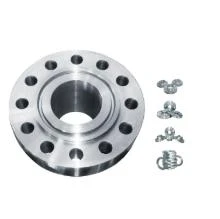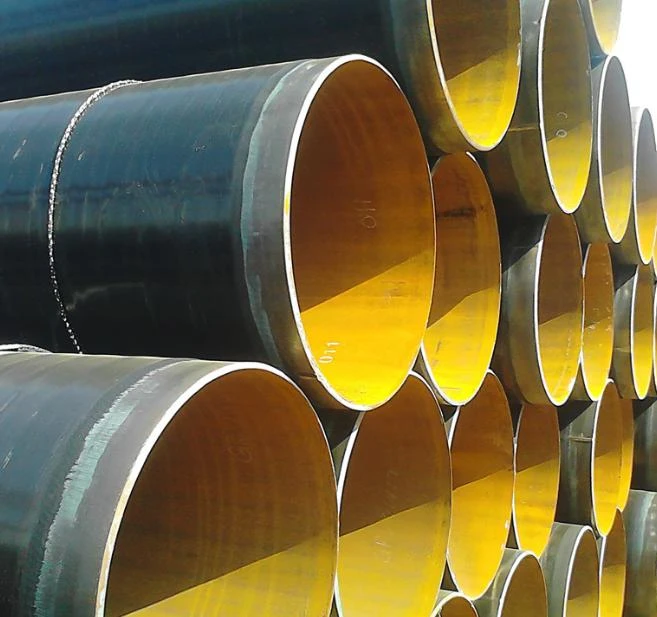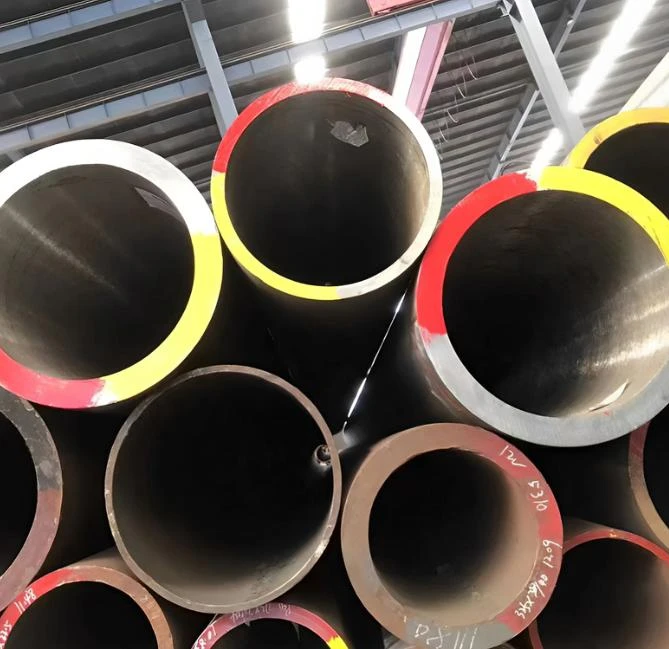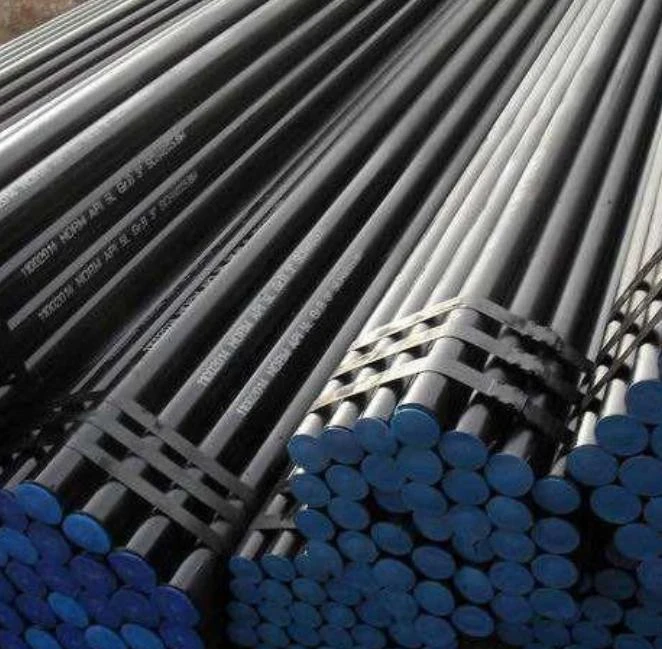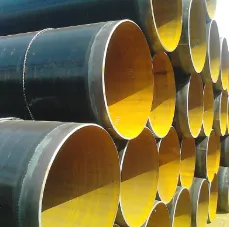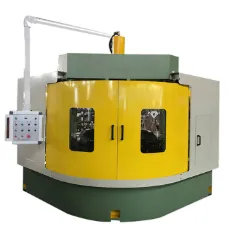- Unmatched properties of Alloy 622 and similar materials
- Detailed technical advantages with performance data
- Comparative analysis against P91 and P11 alloys
- Custom solution development approaches
- Industry-specific implementation case studies
- Processing and fabrication considerations
- Final selection guidance for optimal performance

(alloy 622)
Introducing the Superior Performance of Alloy 622
Alloy 622 represents a significant advancement in nickel-chromium-molybdenum materials engineered for extreme service conditions. Developed for applications demanding exceptional corrosion resistance and structural integrity, this alloy outperforms conventional options in aggressive chemical environments and elevated temperature settings. Its precise composition balancing nickel (58-63%), chromium (20-22.5%), and molybdenum (8-10%) creates a protective oxide layer resistant to pitting, crevice corrosion, and stress corrosion cracking. When specifying materials for critical components, engineers often evaluate alloy 622
alongside alternatives like p91 alloy and p11 alloy due to their overlapping application spaces in energy and chemical processing sectors.
Technical Advantages and Key Properties
Alloy 622 demonstrates remarkable mechanical properties that distinguish it from other corrosion-resistant alloys. At temperatures reaching 1200°F (649°C), it maintains tensile strength exceeding 85 ksi (586 MPa) with elongation over 40%. Its pitting resistance equivalent number (PREN) of 65+ provides outstanding resistance to chloride-induced degradation, significantly outperforming standard stainless steels. The alloy exhibits immunity to chloride stress corrosion cracking at chloride concentrations up to 200,000 ppm. Creep rupture testing reveals excellent performance with rupture life exceeding 10,000 hours at 1200°F under 15 ksi stress. These characteristics stem from carefully balanced additions of tungsten (3-4.5%) and nitrogen (0.02% max) that enhance stability during extended service.
Comparative Analysis with Industry Alternatives
| Property | Alloy 622 | P91 Alloy | P11 Alloy |
|---|---|---|---|
| Max Continuous Service Temp | 1200°F (649°C) | 1150°F (621°C) | 1000°F (538°C) |
| 0.2% Yield Strength at 1000°F | 52 ksi (358 MPa) | 36 ksi (248 MPa) | 27 ksi (186 MPa) |
| Pitting Resistance (PREN) | 68 | 14 | 9 |
| Chloride SCC Threshold | >200,000 ppm | 5,000 ppm | 3,000 ppm |
| Thermal Expansion Coefficient | 7.2 μin/in·°F | 6.8 μin/in·°F | 7.5 μin/in·°F |
The data highlights alloy 622's significant advantages over p91 alloy in corrosion performance and p11 alloy in high-temperature strength. Where p91 alloy offers better thermal expansion characteristics for specific structural applications, alloy 622 provides superior corrosion resistance for chemical processing systems. P11 alloy remains a lower-cost alternative for non-corrosive high-temperature applications below 1000°F.
Custom Solution Development
Specialized manufacturers offer tailored alloy 622 solutions through multiple approaches. Chemical composition modifications can be optimized for:
- Enhanced carbide stability via controlled carbon content (0.005-0.02%)
- Improved weldability through titanium/nitrogen ratio adjustments
- Precise thermal processing for specific grain structure requirements
Form customization includes hot-rolled plate with thicknesses ranging from 0.187 to 4 inches, seamless tubing in diameters from 0.5 to 12 inches, and precision-machined components designed for high-pressure sealing. Specialized solution annealing treatments at 2150°F (1177°C) followed by rapid quenching ensure optimal corrosion resistance characteristics. Manufacturers provide computational modeling to predict material performance in proposed operating environments including multi-phase chemical systems.
Documented Industry Implementation Cases
Commercial implementation data confirms alloy 622's technical capabilities in critical applications. A Middle Eastern petrochemical facility replaced p91 alloy components with alloy 622 in sulfur recovery units, achieving 4+ years of continuous operation without failure, compared to previous 18-month replacement cycles. Offshore platform operators report zero corrosion-related failures in alloy 622 heat exchangers after seven years of seawater cooling service. In coal gasification processes, alloy 622 valves demonstrated triple the service life of p11 alloy predecessors when handling high-temperature synthetic gas mixtures.
Power generation operators have documented significant cost savings using alloy 622 flue gas desulfurization systems showing less than 0.5mm/year corrosion rate in pH 2 environments containing fluorides and chlorides. Pharmaceutical manufacturers validate material compatibility in CIP (cleaning-in-place) systems using aggressive sterilization chemicals at elevated temperatures.
Processing and Fabrication Recommendations
Optimal machining requires carbide tooling with positive rake angles and moderate cutting speeds around 60 SFM for turning operations. Controlled feed rates prevent work hardening while maintaining surface finish below 125 μin. Post-machining stress relief at 1100-1200°F (593-649°C) improves dimensional stability for precision components.
Welding necessitates strict protocols employing alloy 622 filler metal (ERNiCrMo-10) with maximum interpass temperatures of 300°F (149°C). Recommended shielding gases include 90%He/7.5%Ar/2.5%CO₂ mixtures providing adequate fluidity and oxide control. Completed welds require solution annealing to restore corrosion resistance properties throughout the heat-affected zone.
Why Alloy 622 Provides Market-Leading Performance
The selection criteria for high-performance alloys demand comprehensive technical evaluations beyond simple cost considerations. Alloy 622 consistently delivers superior life-cycle economics through extended service intervals and reduced maintenance requirements compared to alternatives like p91 alloy and p11 alloy. Material testing indicates at least 50% longer lifespan in equivalent high-temperature corrosive environments with lower performance degradation rates. Leading manufacturers now offer certified material traceability with mill test reports documenting compliance with ASME SB622, ASTM B622, and NACE MR0175 standards. For engineers specifying critical components in challenging operating environments, alloy 622 represents the contemporary materials solution combining exceptional corrosion resistance, high-temperature strength, and fabrication flexibility.
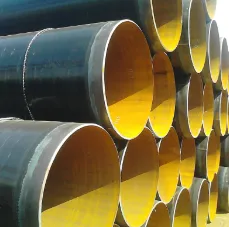
(alloy 622)
FAQS on alloy 622
Q: What are the key properties of Alloy 622?
A: Alloy 622 offers outstanding corrosion resistance in severe environments, including sulfuric and phosphoric acids. It maintains excellent strength at high temperatures up to 1800°F (980°C). Its chromium, molybdenum, and tungsten composition provides resistance to pitting and crevice corrosion.
Q: Where is Alloy 622 commonly used in industry?
A: Alloy 622 is widely applied in chemical processing equipment like reactors and heat exchangers. It's also used in pollution control systems and flue gas desulfurization units. The alloy serves in aggressive environments found in pulp/paper production and waste treatment plants.
Q: How does P91 alloy differ from Alloy 622?
A: P91 is a creep-resistant ferritic steel primarily used in power plant boilers and steam lines under 1100°F (600°C). Unlike nickel-based Alloy 622, P91 offers lower cost but reduced corrosion resistance. Its key advantage is high-temperature mechanical strength in less corrosive settings.
Q: What are the limitations of P11 alloy versus Alloy 622?
A: P11 is a low-alloy steel with maximum service temperatures around 1000°F (540°C), far below Alloy 622's capability. It lacks the nickel-chromium-molybdenum matrix that gives Alloy 622 superior corrosion resistance. P11 is typically limited to lower-pressure boiler components and piping systems.
Q: Why choose Alloy 622 over P91 or P11 for corrosive applications?
A: Alloy 622's nickel-chromium matrix provides exceptional resistance to oxidizing and reducing acids where P91/P11 would corrode rapidly. It maintains structural integrity in halide-containing environments that cause chloride stress corrosion cracking in ferritic steels. This makes it essential for chemical processes with aggressive media.
Post time: Jun . 03, 2025 09:16


